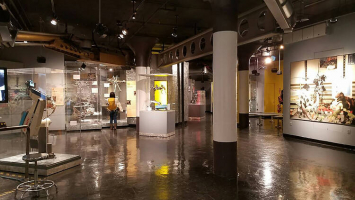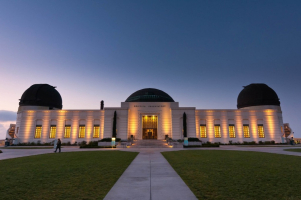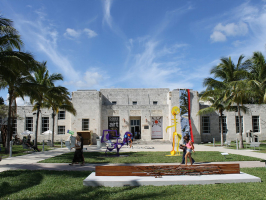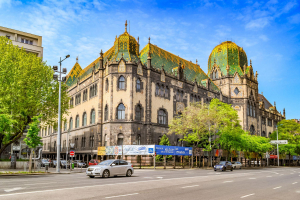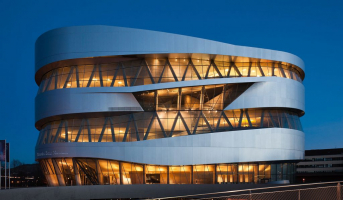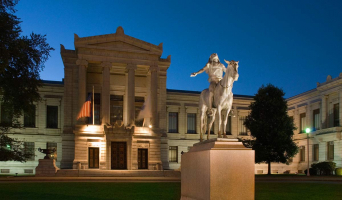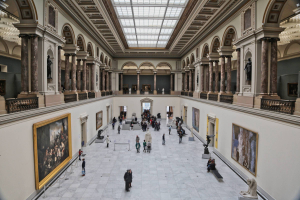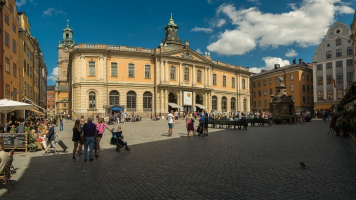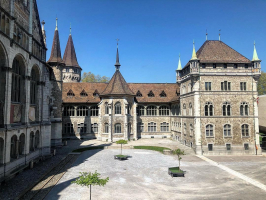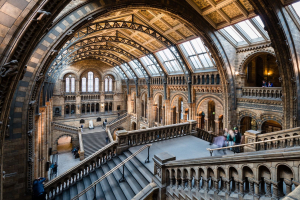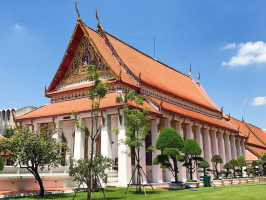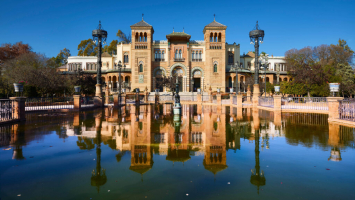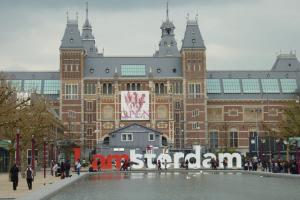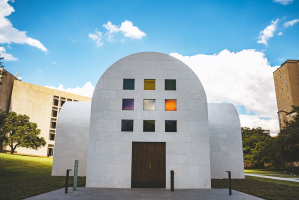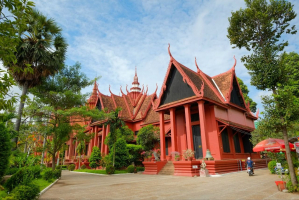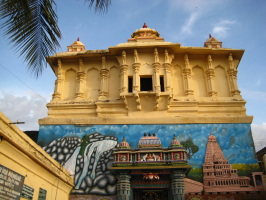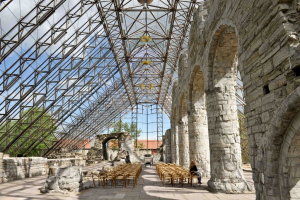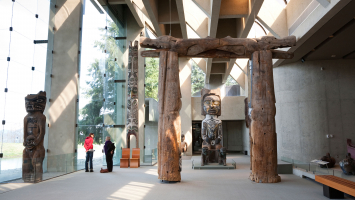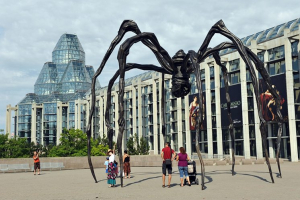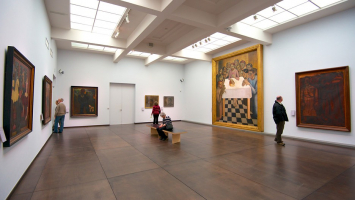Top 10 Best Museums to Visit in Japan
Japan has a wide and diverse collection of renowned museums. Museums of various disciplines and interests can be found across the country, whether they are ... read more...about religion, science, history, geography, or arts and crafts. The best of these museums are listed below, in order of suggestion.
-
This is a location to study the atomic bombing, along with the Atomic Bomb Dome. Since 1949, materials relating to the atomic bomb's damage and suffering have been on display, starting just four years after the blast. The Hiroshima Peace Memorial Museum was established in 1955.
This museum depicts the circumstances surrounding the bombing through a variety of exhibits, including explanations of the structure and destructive force of the atomic bomb, radioactivity, heat rays, the blast, and fire damage, as well as an exhibition of the victims' personal effects. The exhibited pieces, which include valuable evidence such as a charred lunch box, a burnt uniform, stone stairs marked with a person's shadow formed by the heat rays, and traces of black rain, are sure to have an intense impression on visitors of all generations.
More than 300 victims have spoken about their experiences in videos that can be viewed at any time. Also available are audio tours in 17 languages and pamphlets in 9 languages. The East Building hosts an exhibition called "Hiroshima's History in Light of the Atomic Bombing", which introduces historical data about Hiroshima from before and after the bombing. At the Main Building, victims' belongings and photographs are on display. The Main Building also houses the museum shop.
Address: 1-2 Nakajima-cho, Naka-ku, Hiroshima 730-0811
Website: hpmmuseum.jp
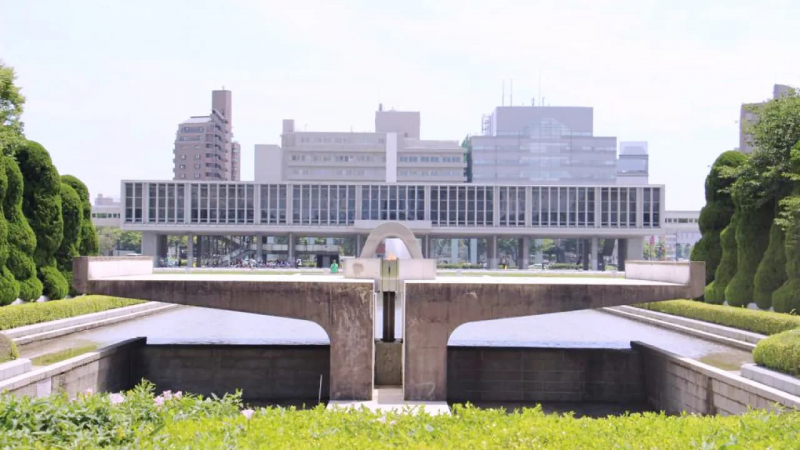
Via: HiSoUR 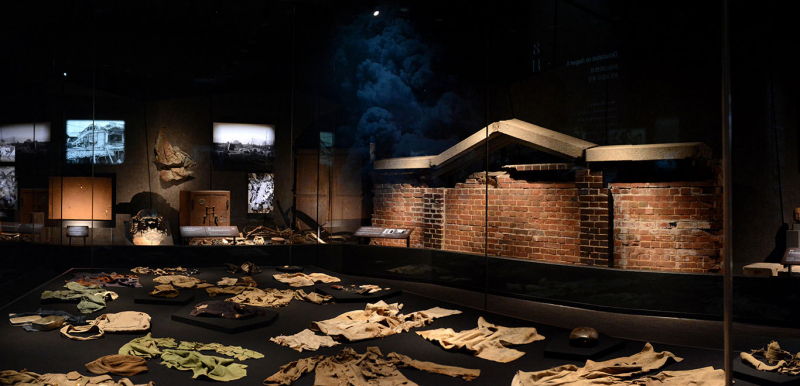
Via: hpmmuseum.jp -
There are reproductions of the landscape of the common people who lived in the castle town during the Edo Period on display at the Edo-Tokyo Museum. The museum has a total of seven floors above ground and one below, with permanent and temporary exhibition rooms, as well as special events and exhibitions held five times a year. There is an exhibition space that is divided into 'Edo Zone' and 'Tokyo Zone' sections. Models of ukiyo-e (woodblock prints) and senryoubako (wooden boxes), as well as reproductions of Edo period dwelling quarters, may be found in the 'Edo Zone'. You can gain a lot of insight into the lives of the citizens during the Edo Period with the multitude of models and exhibits.
You may not only learn about the Edo Period in-depth, but you can also learn about Tokyo after the transition from Edo to Tokyo. You can learn about events in Japanese history that shaped the path of the country's history through images and displays. The Tokyo Fire Raids, the Meiji Restoration, and cultural enlightenment are examples of such events. There is also a video hall in the museum where you may watch videos to expand your knowledge, as well as a library where you can read documents on Edo's history. Furthermore, as previously indicated, there is a permanent exhibition and a special exhibition worth attending.
Address: 1-4-1 Yokoami, Sumida-ku, Tokyo 130-0015
Website: edo-tokyo-museum.or.jp
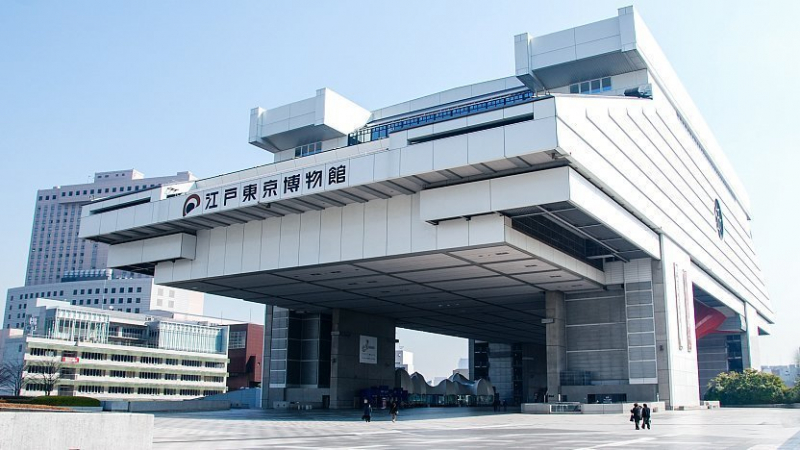
Via: Japan Guide 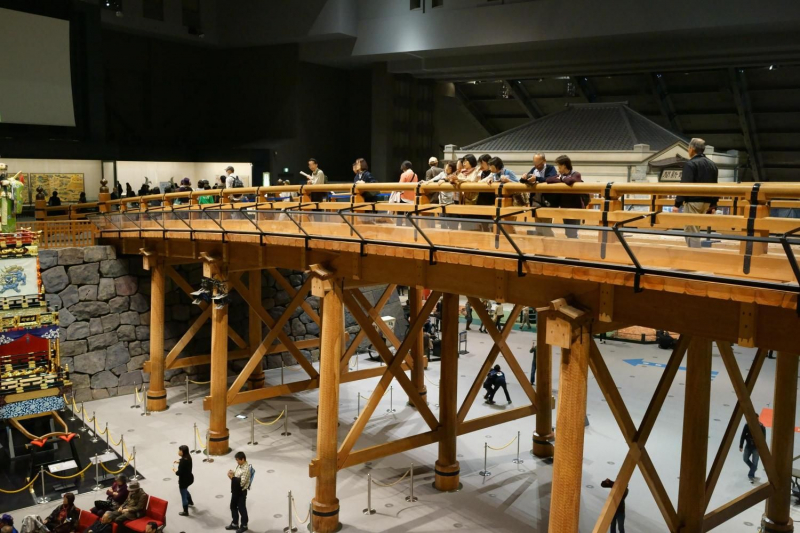
Via: Pinterest -
Ghibli's animations have become well-known internationally, with films such as "My Neighbor Totoro", "Castle in the Sky", and "Spirited Away" being shown in countries such as Italy, France, and the United States. The films have captivated audiences all over the world, not only in Japan. Visitors to the Ghibli Museum will be able to learn about the fundamentals of animation creation, as well as the Ghibli production landscape and exhibitions of things such as consecutive animation storyboards.
There are several exhibits that even small children will appreciate. For example, there is a model of the Neko-Bus from "My Neighbor Totoro" that is constructed of soft material and can even be sat inside. A massive Totoro awaits visitors at the museum's entrance, and scenes from the film are replicated throughout the museum, with plenty of things to thrill tourists. There are also short tale animations available just at the museum.
Address: 1-1-83 Shimorenjaku, Mitaka, Tokyo 181-0013
Website: ghibli-museum.jp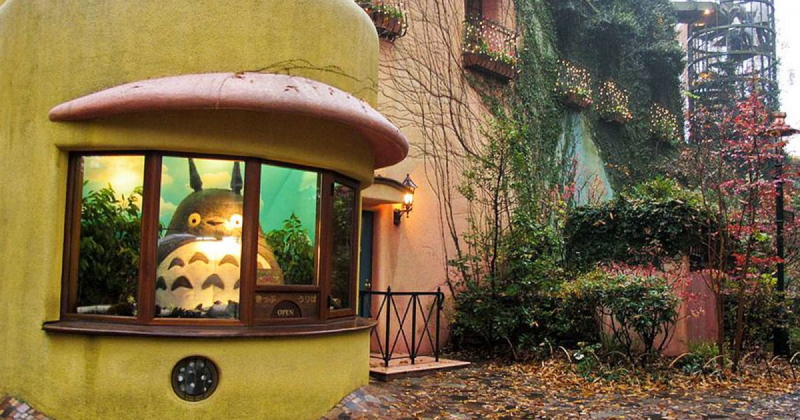
Via: MyWoWo 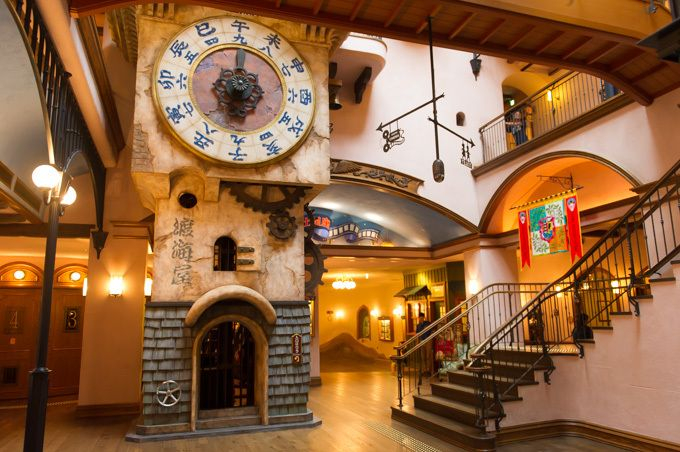
Via: Pinterest -
The Toyota Commemorative Museum of Industry and Technology has preserved the Toyota factory, which opened in the Taisho Era, as a museum for its important industrial history. The Textile Machinery Pavilion, the Automobile Pavilion, Technoland, and the Toyota Group Building are the four pavilions. The red-brick structures themselves have been protected as historic landmarks. A circular loom built by Sakichi Toyoda, the father of Kiichiro Toyoda, who founded Toyota before it became an automobile manufacturer, is on display in the museum foyer. The loom was built to demonstrate Japan's technical prowess at a time when the country was still reliant on Western technology, and it has since become a symbol of the museum. As well, the museum has been recognized as a Heritage of Industrial Modernization for its contribution to Japan’s modernization.
The Toyota Automobile Museum is a site where you can learn about the history of the automobile from the late-nineteenth-century development of gas-powered automobiles to twentieth-century automobiles by looking at the actual automobiles. There are Western vehicles on show on the 2nd story, and Japanese cars on the 3rd floor, for a total of 120 models to examine closely. In the Annex, there is also information and car exhibitions about the history of Japanese people and the automobile. There is also a children's area, eateries, and a souvenir shop where you can buy items like minicars. It's a museum where the whole family can spend a whole day.
Address: 1-35, Noritake Shinmachi 4-chome, Nishi-ku, Nagoya 451-0051
Website: tcmit.org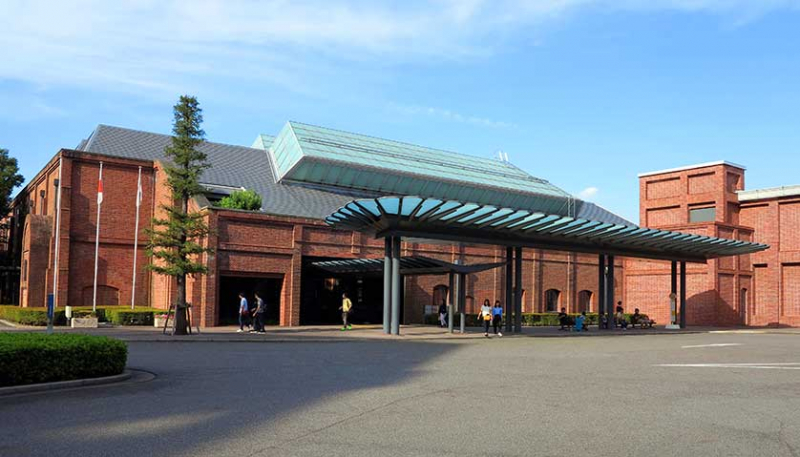
Via: Japan Experience 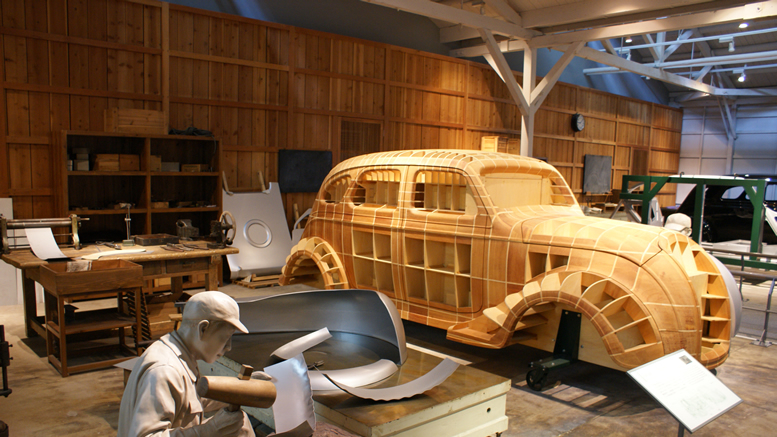
Via: Happy Jappy -
The Nezu Museum is situated at the end of a street lined with high-end boutiques such as Cartier and Chloe. You'll enter the museum through a long straight tunnel that looks like a bamboo forest, where you'll find a peaceful and soothing environment. The museum is an urban art gallery where you may relax while admiring antique Asian art.
Old Japanese and Asian items of art collected by entrepreneur Kaichiro Nezu Sr. (1860-1940) were preserved and presented here. Nezu, who had a lifelong passion for antique art, relocated his headquarters from Yamanashi Prefecture to Tokyo, where he not only operated a training firm but also got involved in politics and education to much success. He devoted himself to the study of the tea ceremony at the time, which prompted him to begin collecting art pieces, which he is reported to have amassed quite a collection. After that, Nezu said in his will that his assets would be "enjoyed by a great number of people", so Kaichiro Nezu Jr. released the collection to the public in 1941. The Nezu Museum had its beginnings here.
A bulk of the museum, including galleries and the tea room, was destroyed by fire during WWII in 1945 but was reconstructed in 1954. Following then, other expansions and restorations were made, resulting in the current structure. The museum's collection began with 4643 works, but it has grown to 7414 works, including 7 National Treasures, 87 Important Cultural Properties, and 94 Art Treasures, thanks to the purchase of additional artifacts and philanthropic gifts. Paintings, literature, sculptures, ironworks, ceramics, lacquerware, woodworking, dyeing and weaving, and firearms are among the various genres represented. There is also a sizable collection of tea implements.
Address: 6-5-1 Minamiaoyama, Minato City, Tokyo 107-0062
Website: nezu-muse.or.jp
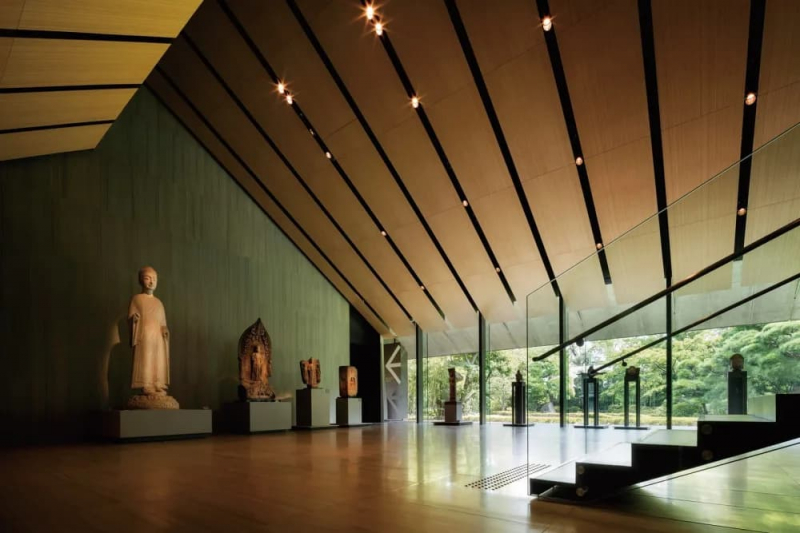
Via: Travel Japan 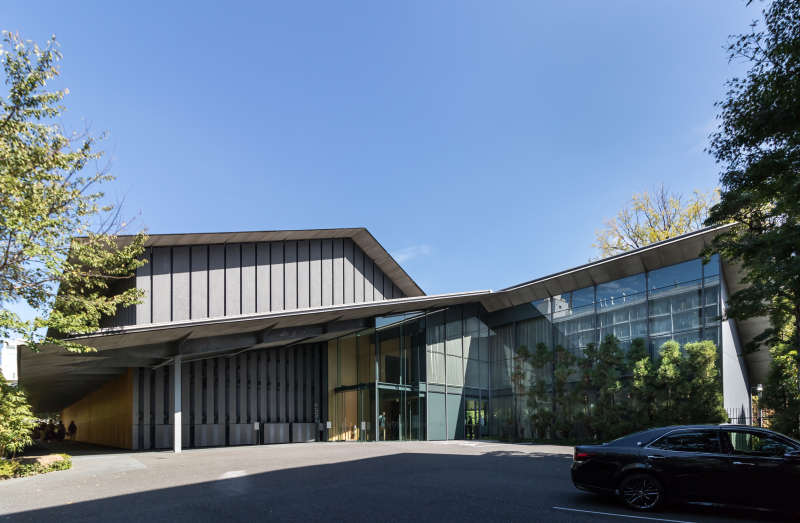
Via: Wikipedia -
The Chiran Peace Museum for Kamikaze Pilots, first opened in 1974, honors the lives of the kamikaze pilots who took off from Chiran airbase during WWII. The Chiran airbase, which opened in 1941 as a flight training school for young air cadets, was only utilized as a launch point for kamikaze attacks near the conclusion of the war when it appeared that the US troops would win the Battle of Okinawa. Chiran was one of the numerous kamikaze bases around Japan and Japanese-occupied Taiwan, and it was home to over a thousand pilots who were dubbed "thunder gods" by senior leadership and guaranteed divinity in the hereafter.
The unique portraits of all 1,036 men who died in the army's suicide missions greet tourists as they enter the Museum for Kamikaze Pilots. The images are displayed with personal objects contributed by the pilots' families, such as military uniforms, notebooks, diaries, goggles, hachimaki headbands, and flags engraved with inspiring messages from loved ones. Additional photos and handwritten letters to loved ones reveal the range of emotions many pilots had before embarking on their final flight. Although the majority of the interpretive panels are in Japanese, a few personal letters and diaries have been translated into English and are accessible through computerized touch displays.
Address: 17881 Kori, Chiran-cho, Minamikyushu-shi, Kagoshima-ken 897-0302
Website: chiran-tokkou.jp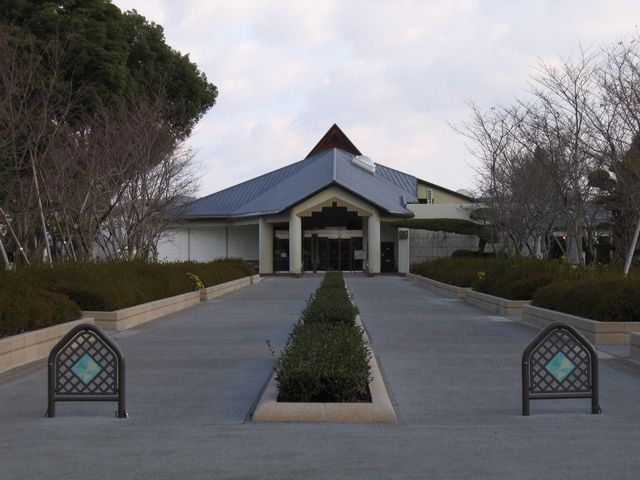
Via: Wikipedia 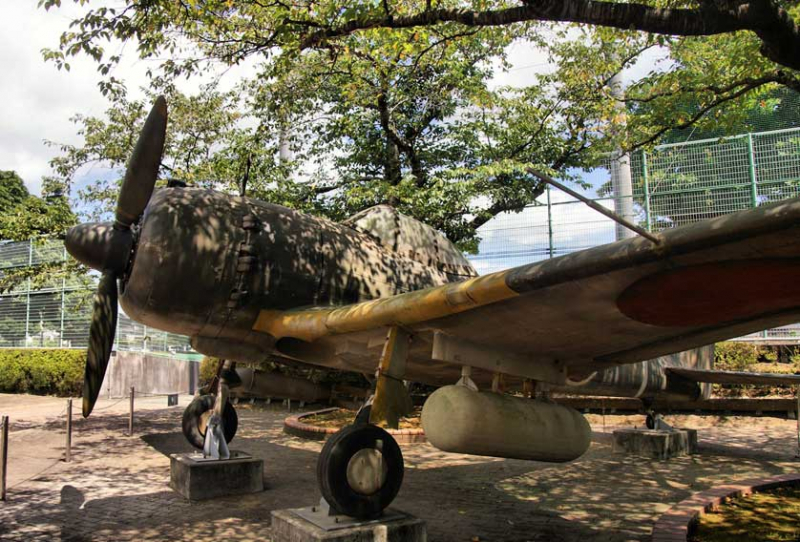
Via: Japan Experience -
The Tokyo National Museum, together with the Kyoto National Museum, Nara National Museum, and Kyushu National Museum, is the oldest and largest of Japan's top-level national museums. It was founded in 1872 at Yushima Seido Shrine before being relocated to its current position in Ueno Park a few years later.
The Tokyo National Museum houses one of Japan's most comprehensive and well-curated collections of art and archeological relics, with over 110,000 individual items and approximately a hundred national treasures. Around 4000 different pieces from the permanent museum collection are on show at any given moment. Visiting temporary exhibitions are also held on a regular basis. Audio guides and good English information are provided.
Sculptures, metalwork, lacquerware, pottery, and swords are among the magnificent pieces of art on display on the first level of the Japanese Gallery. On the second floor, there is pre-Christian earthenware, as well as exhibits such as Haniwa figurines, Buddhist art from the Asuka Era that blossomed in Nara, Imperial Court culture from the Heian Era, Zen Buddhism and literature from the Samurai Era, Warring States Era armor, and tea ceremony tools. Along with the real objects, the Japanese culture has evolved with time and is portrayed in an easily understandable manner.
Address: 13-9 Ueno Park, Taito-ku, Tokyo 110-8712
Website: tnm.jp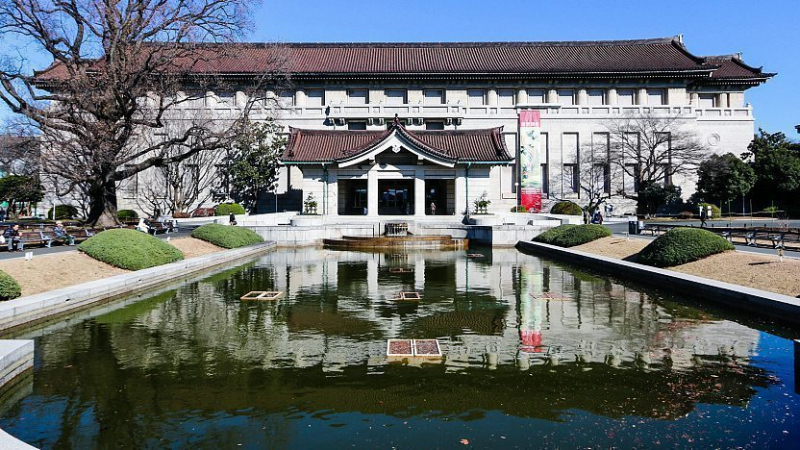
Via: Japan Guide 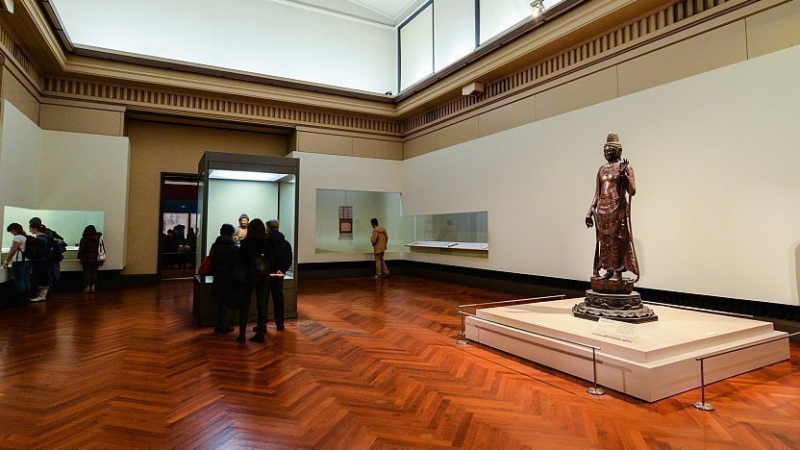
Via: Japan Guide -
The Adachi Museum of Art was founded in 1970 by Zenko Adachi, a self-made businessman who was born in the neighborhood. The Taikan Museum of Art takes its name from the fact that the significant works of Japanese painter Taikan Yokoyama make up such a large part of the exhibition that it may be termed the Taikan Museum of Art. The museum houses 120 of his famous paintings, including "Autumn Leaves" and "Mountain After A Shower", providing both number and quality. There are also paintings for children, pottery, wooden sculptures, and works by other well-known modern Japanese artists. In accordance with the changing of the four seasons in the garden, the year is divided into 4 periods of the exhibition to the public. In place of picture frames, the windows themselves provide views into the garden and with features such as “The Living Scroll” in which the outside gardens can be seen with the walls of the tokonoma alcoves taken out, the museum focuses on a presentation style which relates the message of “Being moved by beauty”.
Zenko Adachi believed that “The garden is also a picture”, and he went all over the nation collecting rocks, pine trees, and other samples of nature. The Dry Landscape Garden and the White Gravel and Pine Garden are two of the most popular of the six gardens. With its white sand and dramatic stone arrangement, the exquisite Dry Landscape Garden looks like something out of an India-ink painting. The flowing gravel beauty in the elegant White Gravel and Pine Garden is reminiscent of one of Yokoyama's works, "Beautiful Pine Beach".
The tall and little pine trees set on the white gravel have a dynamic appearance that creates a lasting impact on those who visit. It was ranked No. 1 by an American periodical specializing in Japanese gardens, and the Michelin Green Guide Japon gave it the highest rating of 3 stars. The spring azalea, summer's fresh leaves, autumn's colors, and winter's snowscapes create outstanding beauty throughout the four seasons, making it worthy of numerous visits.
Address: 320 Furukawa-cho, Yasugi, Shimane 692-0064
Website: adachi-museum.or.jp
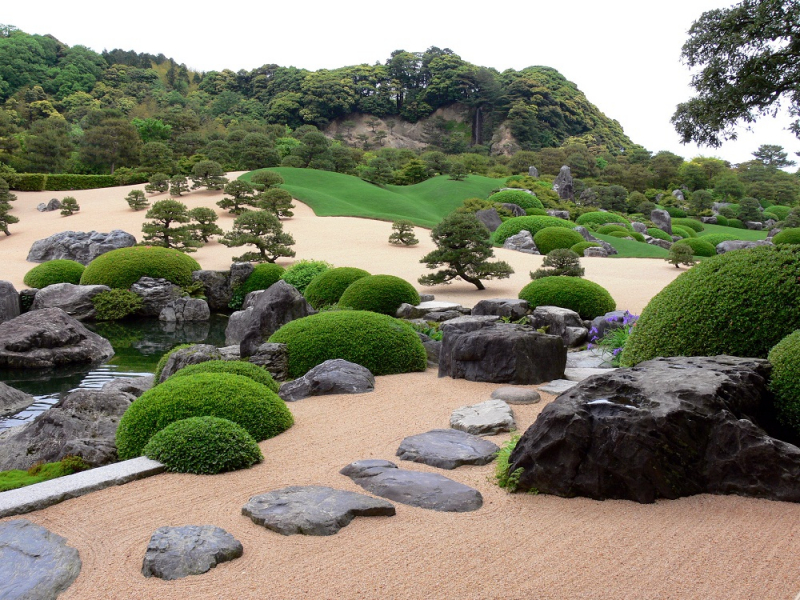
Via: Japan Guide 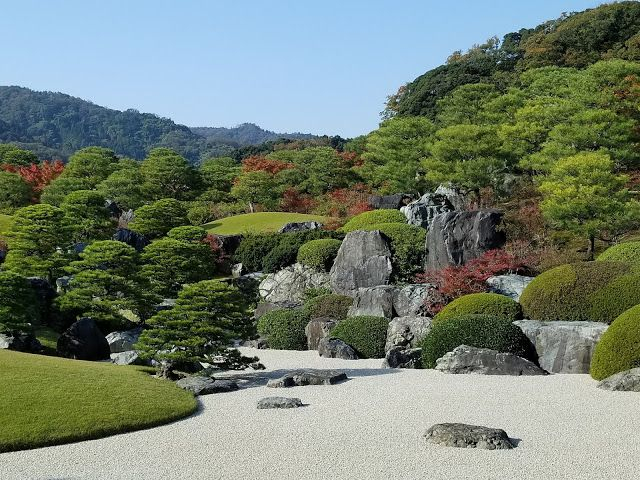
Via: Pinterest -
Fukui Prefecture is notable for being at the forefront of dinosaur research in Japan, accounting for the majority of dinosaur fossils discovered in the country. The Fukui Prefectural Dinosaur Museum, which is the nation's largest museum for geological characteristics and archaeology, is located in Katsuyama City. The dinosaur-themed exhibits are entertaining merely to look at, and they have a strong reputation for being simple to grasp and liked by both children and adults. Over 700,000 visitors have visited the museum each year since it opened in 2000, and it has become a major tourist destination representing Fukui Prefecture, dubbed "The Kingdom of Dinosaurs".
Dinosaur World, Earth Sciences, and Life History are the three zones that make up the exhibition area. There are 42 entire dinosaur skeletons on display in Dinosaur World, as well as faithfully reconstructed dioramas and other exhibits, to fully represent a living dinosaur world. In Geological Sciences, "Water & Earth" and "Fire & Earth" introduce a cross-sectional exploration of the earth layers. It's a zone that considers the Earth's appearance through sediment, fossils, minerals, and other factors. Then, in the History of Life, you can learn about the evolution of life over 4.6 billion years through repeated evolution and extinction.
Address: 51-11 Terao, Muroko-cho, Katsuyama-shi, Fukui 911-8601
Website: dinosaur.pref.fukui.jp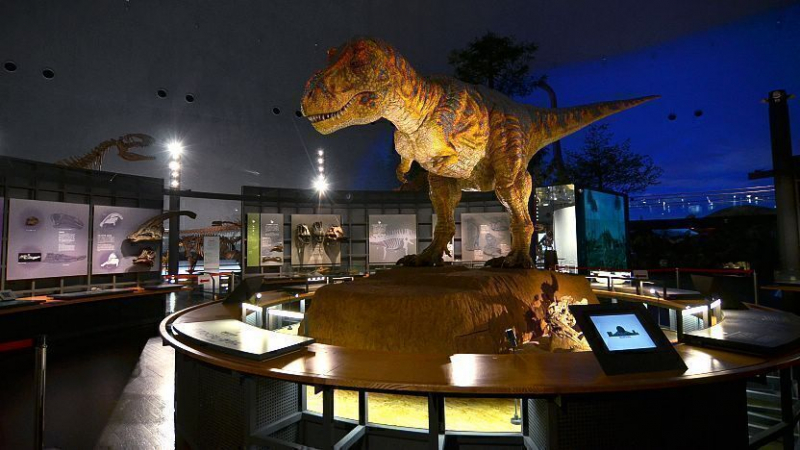
Via: Japan Guide 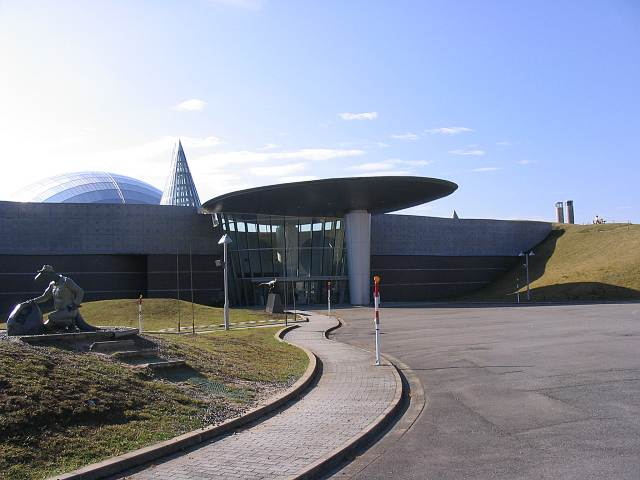
Via: Wikipedia -
The Miho Museum is a side trip from Kyoto, located deep in the forested hill west of urban Koka. It was designed by renowned architect I. M. Pei and named after Koyama Mihoko, one of Japan's wealthiest ladies and the museum's founder. The design of the museum's structures, as well as how they are blended into their natural surroundings, is perhaps the most fascinating feature of the museum. This is emphasized by the museum's approach, which takes visitors through a combination of man-made and natural settings. Inside the museum, steel and glass are contrasted with warm stone and panoramic vistas of the neighboring valleys, continuing the concept.
The museum's collection includes works from ancient civilizations such as the Egyptians, Romans, and other Asian cultures, with the majority of the artifacts originating from Koyama's personal collection. Every year or so, the primary exhibit changes, while special exhibits change every few months.
Address: 300 Momodani, Tashiro Shigaraki Koka, Shiga 529-1814
Website: miho.jp
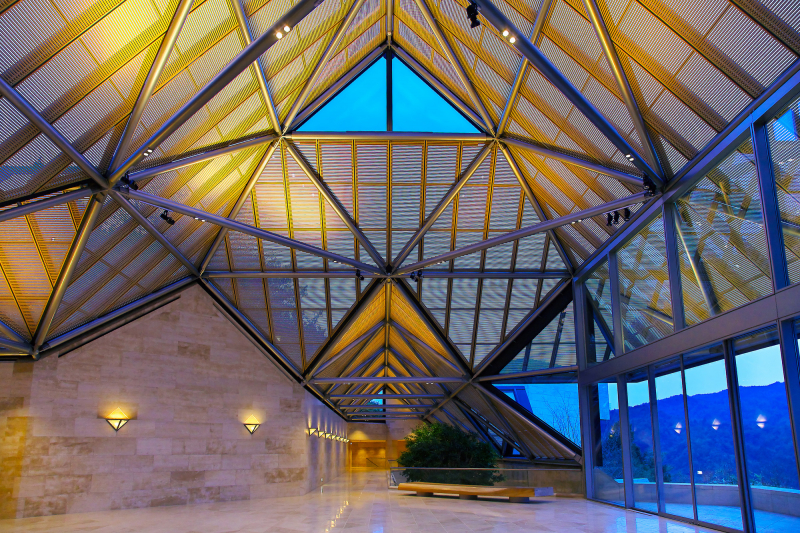
Via: ArchDaily 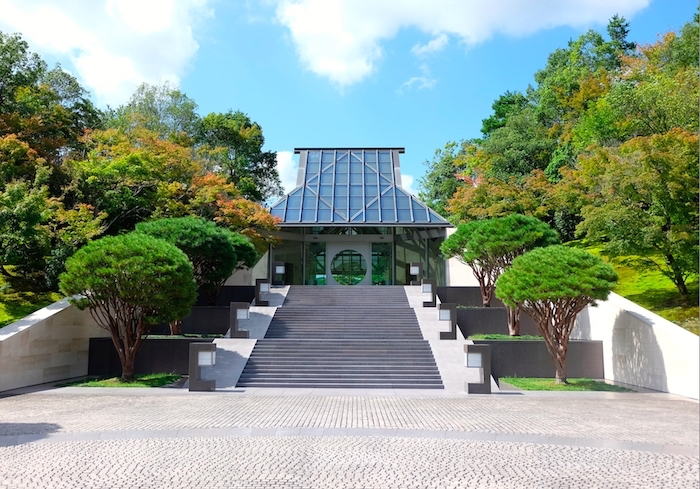
Via: Japan Info












